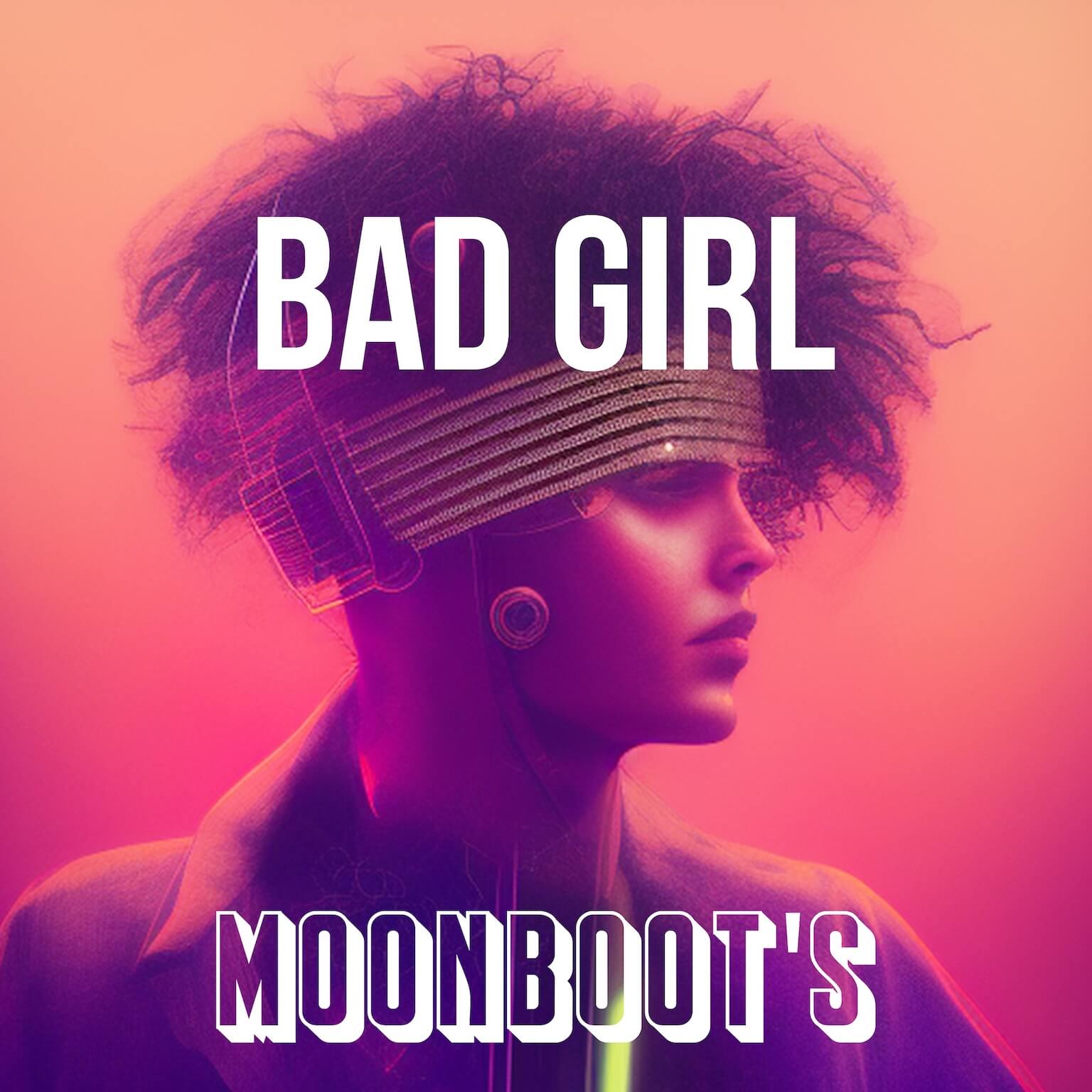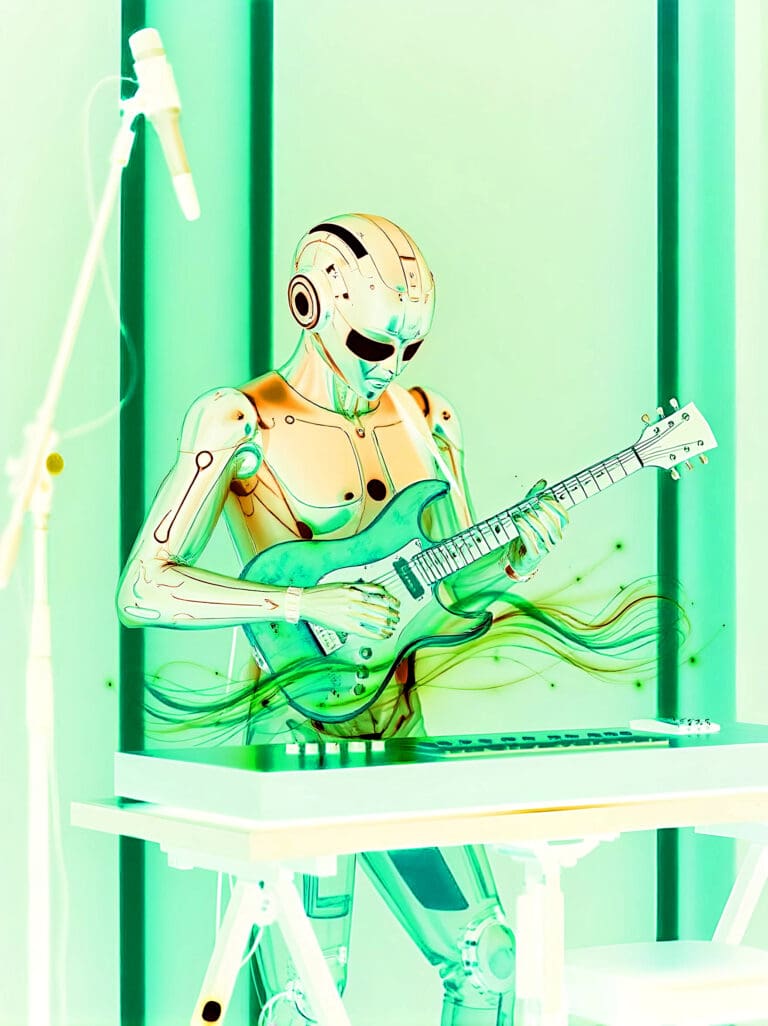A Historical Overview of the Digitalization of the Music Industry: From Early Digitalization to AI-Driven Innovation
The digitalization of the music industry has transformed how we create, share, and enjoy music. From file-sharing platforms like Napster to streaming services like Spotify, the landscape has evolved significantly. Today, advanced AI tools are driving yet another revolution in music production, making professional-grade capabilities more accessible than ever—once limited to elite studios or even previously impossible.
Share to Social Media
A Historical Overview of the Digitalization of the Music Industry: From Early Digitalization to AI-Driven Innovation
Early Digitalization of the Music Industry
For decades, music was defined by physical media—vinyl, cassette tapes, and CDs—that not only conveyed unique sonic qualities but also dictated the industry’s economic and cultural norms. The production of these formats involved labor-intensive processes and significant manufacturing costs, which limited scalability and reach..

As digital technology advanced, analog signals were converted into perfect digital data. This breakthrough enabled music to be reproduced without degradation and paved the way for digital audio workstations (DAWs) and computer-based production. With the advent of affordable computing and internet connectivity, the industry gradually shifted to storing, editing, and distributing music as digital files. This early digitalization set the stage for later disruptions—by removing physical constraints and reducing costs, it enabled a global network that eventually led to file-sharing platforms like Napster and later, legal streaming services.
AMG Presents Moonboots
The Rise of File Sharing and Napster
In the late 1990s, peer-to-peer file-sharing networks emerged as personal computers and internet access became widespread. Napster, in particular, allowed millions of users to share and download music for free, challenging traditional revenue models and prompting landmark legal battles (such as A&M Records, Inc. v. Napster, Inc. and the Metallica dispute).
Transitioning to Streaming Services
In response, the industry shifted to a legal digital distribution model through streaming services. Platforms like Spotify and Apple Music, with their user-friendly interfaces and flexible subscription models, captured roughly 62% of global music revenue by 2018—a share that has grown to around 67% by 2023 according to IFPI data. Services like Tidal have further diversified the landscape by emphasizing high-fidelity audio and exclusive content.
Economic and Cultural Shifts
These changes brought profound economic impacts: physical media sales—CDs, for example—declined sharply (dropping about 23% in 2018 and now representing less than 10% of revenue). Culturally, streaming transformed music listening into a more on-demand, background activity, while algorithm-driven playlists began to shape both consumer habits and artistic production. Early digital disruptions have thus evolved into a new norm, one that is defined by digital accessibility and the dominance of streaming.

Design. Build. Launch. No Code Needed.
From portfolio websites to full webshops – Elementor lets you build custom WordPress sites visually, fast and beautifully. Join 14M+ users who choose freedom, flexibility, and full design control.
Advancements in Music Production Tools
Alongside distribution changes, the production side of the industry experienced its own revolution. Traditional analog studios—once reliant on bulky tape machines and expensive hardware—gave way to computer-based production systems.
Key innovations include:
- Digital Audio Workstations (DAWs): Early systems evolved into platforms like Pro Tools, Logic Pro, and Ableton Live, enabling non-linear editing and multitrack recording that transformed studio workflows.
- MIDI and Virtual Instruments: The introduction of MIDI in the early 1980s allowed electronic instruments to communicate, leading to the development of virtual instruments and sample-based synthesis. This breakthrough reduced dependency on costly hardware and paved the way for affordable home studios.
- Affordable Home Studios: As digital tools became more accessible, independent artists could set up professional-quality studios at home, fostering a surge in creativity and innovation.
These technological advances not only streamlined production workflows but also laid the groundwork for the later integration of artificial intelligence in music production.
Digital Transformation and AI Integration in the Music Industry
With robust production tools in place, the music industry entered a phase where digital technology and artificial intelligence converged. Early digital systems, initially focused on automating tasks like editing and mixing, evolved to incorporate AI that could analyze musical patterns and assist with creative decisions.
AI began by suggesting chord progressions, melodies, and harmonies—reducing the time needed to overcome creative blocks. Over time, AI systems learned from extensive libraries of music, offering real-time recommendations on instrumentation, effects, and dynamics. This convergence blurred the line between human creativity and machine precision, redefining studio roles and establishing a hybrid creative process that leverages both technological efficiency and artistic intuition.
Recent Innovations in AI-Driven Music Production
In recent years, AI has moved beyond simple automation to become a true creative collaborator in music production. The latest generation of AI-driven systems is deeply integrated with digital production tools, delivering groundbreaking features that transform creative workflows.
Key innovations include:
- Automated Mixing and Mastering: AI systems now analyze multitrack sessions and intelligently adjust settings for EQ, compression, and effects. This significantly reduces production time while ensuring consistent, professional-quality sound.
- AI-Generated Composition: Advanced algorithms generate complete musical passages by analyzing extensive music libraries, providing producers with fresh ideas and new creative avenues.
- Virtual Collaboration and Real-Time Processing: Cloud-based platforms integrated with AI enable seamless real-time collaboration among musicians across the globe, ensuring a unified sound even when teams are geographically dispersed.
These developments illustrate how AI-driven tools have expanded the creative possibilities in modern music production, streamlining workflows and pushing the boundaries of what’s possible.
AI Tools for Music Production in Home Studios
The democratization of production technology has reached a new level with advanced AI tools specifically designed for home studios. Independent artists and small producers now have access to features that were once exclusive to large professional studios.
Notable advancements include:
- Stem Isolation and Remixing: AI algorithms can extract individual components—such as vocals, drums, or bass—from a mixed track, allowing for detailed remixing and in-depth analysis of production techniques.
- Intelligent Sound Design: AI-powered plugins offer real-time feedback on recording quality and suggest optimal settings for pitch, timing, and dynamics, helping producers refine their sound with minimal manual intervention.
- Real-Time Collaborative Platforms: Cloud-based DAWs equipped with AI facilitate simultaneous collaboration between remote users, ensuring consistent quality and creative synergy regardless of geographic location.
These tools empower home studio producers to experiment, iterate, and produce professional-quality recordings, significantly lowering production costs and barriers to entry.
Getting ready for the next era
The digitalization of the music industry—from early disruptions and the rise of file sharing to the dominance of streaming and the evolution of advanced production tools—has fundamentally reshaped how music is created, distributed, and consumed. Early digital innovations forced the industry to confront new economic realities, while breakthroughs in production technology democratized music-making for artists worldwide. Today, the integration of AI is further enhancing creativity, streamlining production, and unlocking new creative possibilities.
Looking ahead, even more radical innovations await: fully interactive AI collaborators that adapt in real time, immersive virtual studios redefining mixing and performance, and personalized production workflows tailored to individual artistic styles. Yet, despite these technological leaps, the essence of music—authentic creative expression and human connection—remains unchanged. As digital tools and AI continue to evolve, the act of making music remains deeply human, a dynamic force woven into our very nature—one that will propel the art of music ever forward.







